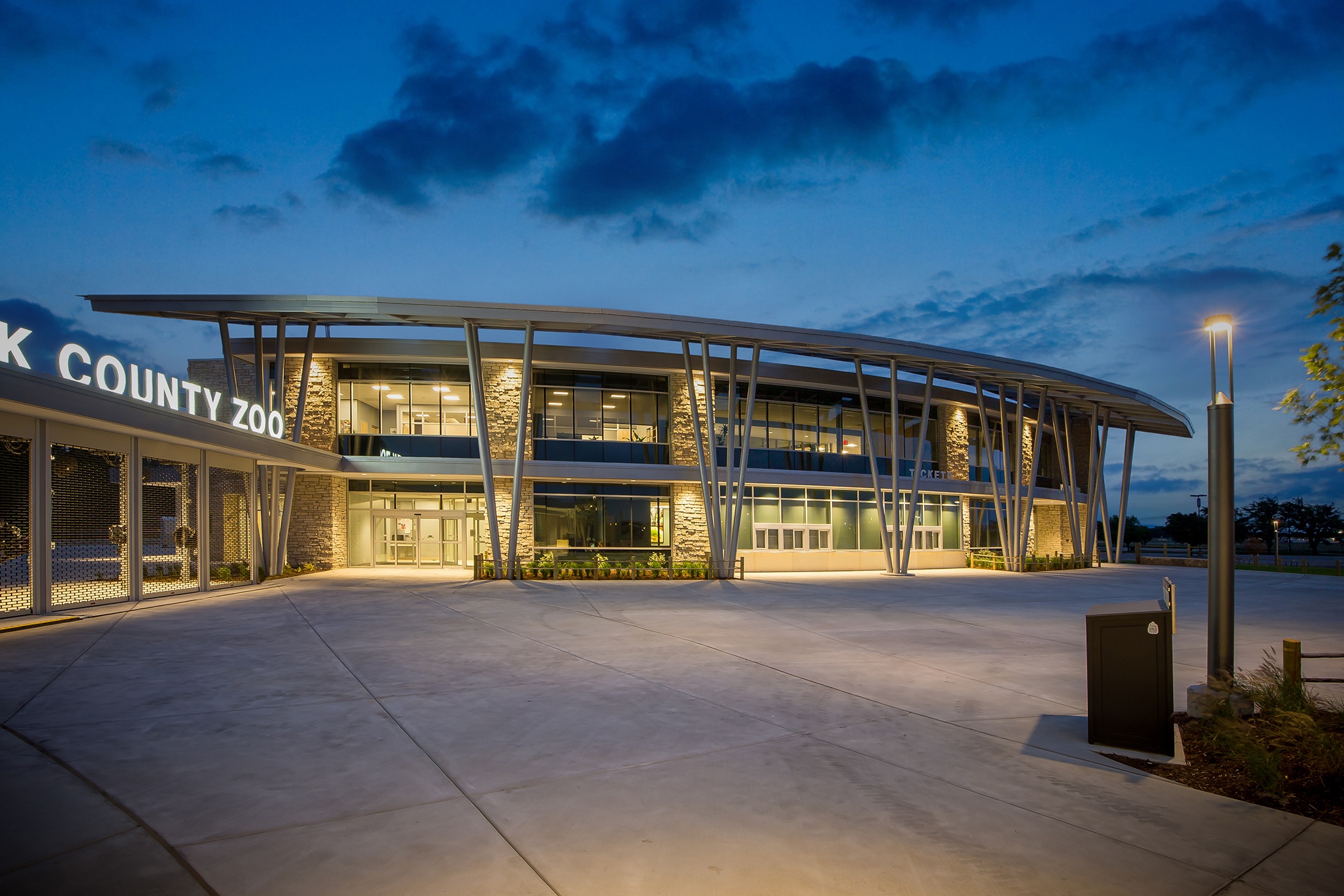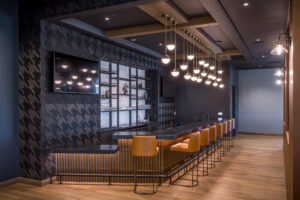Sustainability is core to the mission of our Zoos & Aquariums. With complex built environments being some of our facilities’ greatest consumers of water, energy, and material resources, integrating sustainability into planning and design can have a profound and long-lasting impact on the natural world. Thank you to our friends from PAE, Justin Stenkamp, PE, LEED AP, Associate Principal and Allan Montpellier, PE, LEED AP, Principal for joining us to discuss designing and planning for sustainability while keeping the guest and animal experience in mind.
Key Points:
There are Two “Ecos” of Sustainability: Ecology & Economics
As Justin notes, “We have to work within the existing economical system if we’re going to move ecological restoration forward.”. Being large, complex, expensive facilities, Zoos & Aquariums have complicated considerations when approaching sustainability. Budgets are invariably at odds, and while sustainable design has progressively become more economical, the upfront costs do tend to be more expensive. But for conservation and people-centric organizations like Zoos & Aquariums, there’s more than one bottom line. And while “the final decision filter is always whether or not you can get the program you need and can afford it,” Justin says, “it’s about aligning your values with costs and properly allocating funds”.
It’s also about recognizing that constraints can ignite creativity and that sustainable systems may present revenue-generating opportunities. Justin shared a fascinating story of emerging innovative urine distillation systems that convert urine to agricultural grade fertilizer. His colleagues estimate that in a 5-story office building, upwards of $50,000 of commercial-grade fertilizer gets flushed down the toilets.
The goal of sustainable systems should be to mimic the natural cycle, creating a surplus – be it money, water, energy, or waste – and reinvesting that surplus.
By Modeling Sustainability, Zoos & Aquariums Influence Broader Change
Sustainability modeled by Zoos & Aquariums has the power to change the hearts and minds of individuals and inspire guests to make sustainable decisions in their own lives. While technology exists to address sustainability problems, the real challenge is in navigating the “invisible structures”, like people systems. Visitors to Zoos & Aquariums have diverse beliefs, values, and motivations and rethinking the approach to engaging on issues of sustainability to meet people where they are is critical to effecting change. Justin shared the example of a project with the Point Defiance Zoo & Aquarium where they found that, though climate change could be divisive in their audience, there was common concern about ocean acidification. PAE recruited a colleague at Seattle University to do a theoretical study – if the aquarium was its own enclosed ecosphere, how long would it take the exhibits to acidify when comparing two energy-use systems? They estimated that a gas-based system acidified the exhibits in less than 5 hours, while an electric system using heat pumps to transfer energy (Too hot in one tank? Move the energy to one that’s too cold.) took almost 5 hours. Similar powerful stories exist across sustainability programs and, when displayed, can show people that decisions they make at home matter.
Innovation Can be Incremental, Evolutionary, or Revolutionary
Circumstances vary, and not all organizations are in the position to seize and implement pioneering sustainable technology today. Incremental innovation is just as important if not more than revolutionary change. By setting a vision and sustainability goals, organizations can assess decisions against these goals and “establish systems that allow awesome to happen in the future instead of checking every single box out of the gate”. Systems may include foundational infrastructure, training staff in preparation for installation of new technologies, growing fundraising capacity through demonstrating project success, etc. Revolutionary change will come when the systems have been established and the resources are aligned.
Reach Future Goals with Sustainable Development Plans
A requirement of AZA-accreditation, master plans are traditionally land use plans that center on programmatic elements and the visitor experience. By simultaneously creating a Sustainable Development Plan, Zoo & Aquarium leaders can identify a set of strategies for approaching elements of the master plan to accomplish climate and sustainability goals. Doing so allows for leaders to consider sites comprehensively and anticipate future infrastructure needs and opportunities. As the criteria and benchmarks established in the Sustainable Development Plan are applied to each new building or major renovation, the facility progresses in its sustainability journey.
Consider EUI (Energy Use Intensity) in Animal Residency Plans
In sustainable design, EUI (Energy Use Intensity) is a metric for comparison of building performance that is calculated by dividing a building’s annual energy consumption by its square footage; Allan describes it as “miles per gallon for a building”. There is an opportunity to apply this concept to exhibits and habitats in Zoos & Aquariums, with energy requirements varying greatly by species and influenced by diet, water use, climate, square footage, etc. When developing Animal Residency Plans, planners may consider an animal’s EUI alongside other metrics such as the visitor experience, messaging, conservation, and fostering empathy. It may still serve the mission to include a species with high EUI but applying this critical filter may reveal unexpected opportunities to advance sustainability goals.




